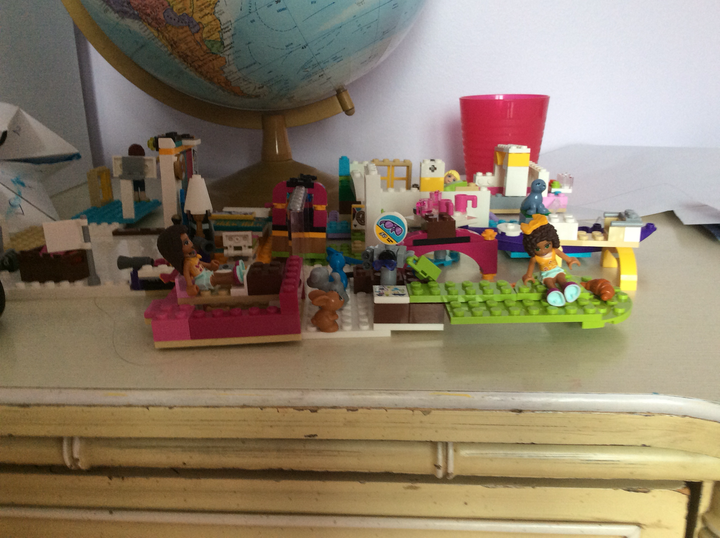Tap along to the rhythm of a song
Listen to a song and tap steady beats with hands or pencils, practice counting beats, clapping patterns, and keeping tempo with simple rhythms.



Step-by-step guide to tap along to the rhythm of a song
Rhythm Clap Along - 3/4 Time | Level 1 to 3 | For Beginners/Kids 🎵👏
Step 1
Pick a short fun song you know and like!
Step 2
Load the song so it is ready to start playing.
Step 3
Sit comfortably at a table or on the floor with pencils or your hands above the tapping surface.
Step 4
Press play to start the song.
Step 5
Listen for the steady pulse through the whole song.
Step 6
Tap one steady beat on the surface with your hand or pencil for each pulse you hear.
Step 7
Count aloud "1 2 3 4" with each tap to match your tapping to the beat.
Step 8
Clap only on beats 1 and 3 while the song plays.
Step 9
Tap only on beats 2 and 4 while the song plays.
Step 10
Put the claps and taps together by clapping on 1 and 3 and tapping on 2 and 4 as the song plays.
Step 11
Make a short four-beat pattern of taps and claps and practice it three times with the song.
Step 12
Share your finished creation on DIY.org
Final steps
You're almost there! Complete all the steps, bring your creation to life, post it, and conquer the challenge!


Help!?
What can we use instead of pencils if we don't have them for tapping?
If you don't have pencils, use wooden spoons, a clean ruler, a small drum, or just your hands as suggested in the step 'Sit comfortably at a table or on the floor with pencils or your hands above the tapping surface.'
What should we do if we can't keep a steady pulse or we keep mixing up claps and taps?
If you lose the steady pulse or mix up claps and taps, pick a slower song or turn the song down, practice 'Listen for the steady pulse' and count aloud '1 2 3 4' while doing only taps or only claps before trying to 'Put the claps and taps together.'
How can we change this activity for younger children or make it harder for older kids?
For preschoolers, simplify by using just hands and clapping on beats 1 and 3 while counting aloud, and for older kids increase difficulty by inventing more complex four-beat patterns and fully practicing the 'Make a short four-beat pattern' and 'practice it three times' steps before sharing.
What are some fun ways to extend or personalize the tapping and clapping session?
To extend the activity, try different surfaces or small instruments for varied sounds, layer and record each part as you 'Put the claps and taps together' and 'Make a short four-beat pattern,' then personalize and share your finished creation on DIY.org.
Watch videos on how to tap along to the rhythm of a song
Two Little Sticks Go Tap Tap Tap | Rhythm Stick Fun! | Rhythm stick songs for children
Facts about music and rhythm for kids
✏️ Tapping with pencils makes a clear click that often helps you hear tiny timing differences better than clapping.
⏱️ Most pop songs fall between about 60 and 120 beats per minute (BPM), a tempo that's easy to tap along to.
🧠 Practicing steady beats trains your brain’s timing and coordination, which helps dancing, sports, and learning new skills.
🐦 Some animals, like parrots and a trained sea lion, can move in time with a musical beat — rhythm isn’t just for people!
🥁 The word "rhythm" comes from Ancient Greek and means "measured flow" — rhythm is the heartbeat of music.
How do I teach my child to tap steady beats and keep tempo with a song?
What materials do I need to practice tapping beats with my child?
What ages is tapping-to-rhythm practice suitable for?
What are the benefits of having my child tap along to a song, and how can I vary the activity?


One subscription, many ways to play and learn.
Only $6.99 after trial. No credit card required



